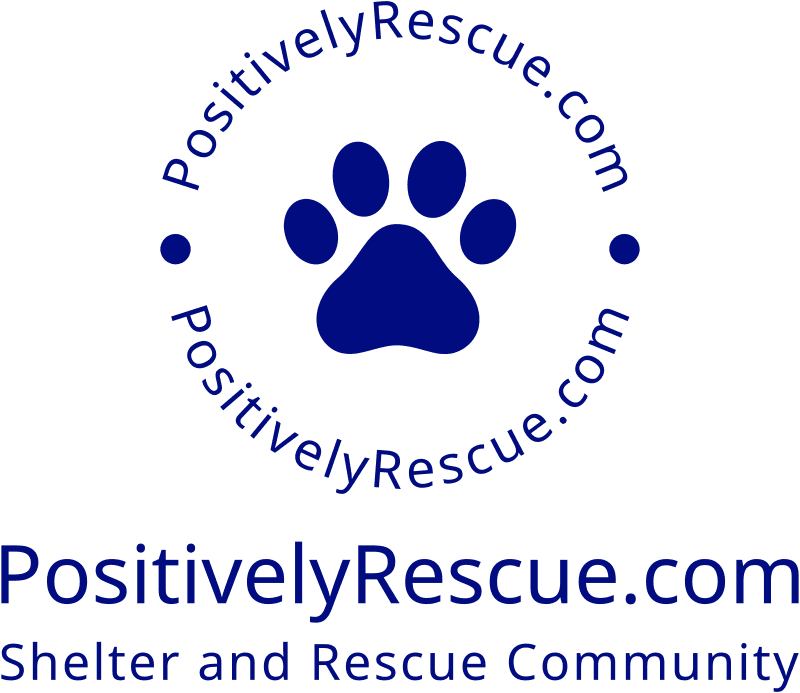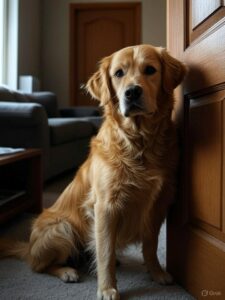🐾 Dealing with Mild Separation Anxiety in Dogs
Helping Your Dog Feel Calm When You’re Away
Separation anxiety is one of the leading causes of behavior-related returns after adoption—but not all cases are severe. Many dogs, especially newly adopted ones, experience mild anxiety when left alone. The good news is that with a little patience and a proactive approach, most mild cases can be managed or completely resolved at home.
This article will help you understand what separation anxiety looks like, how to ease your dog’s stress, and how to build independence in a gentle, supportive way.
🧠 What Is Separation Anxiety?
Separation anxiety is a stress response triggered when a dog is left alone or separated from their human. In mild cases, the signs may be subtle and easy to miss unless you know what to look for.
Common signs of mild separation anxiety:
-
Whining, pacing, or barking shortly after you leave
-
Following you from room to room
-
Waiting by the door when you’re gone
-
Chewing or minor destruction near exits or windows
-
Loss of appetite when alone
-
Over-the-top greetings when you return
These behaviors don’t come from spite—they come from fear and uncertainty. Your dog isn’t being “bad”—they’re scared.
🎯 Your Goal: Build Calm, Gradual Independence
Helping your dog overcome mild separation anxiety starts with teaching them that:
-
Being alone is safe
-
You always come back
-
They have things to do while you’re gone
🧩 Step-by-Step Plan to Ease Mild Anxiety
🏠 Step 1: Create a Calm Goodbye Routine
Keep your exits low-key and consistent.
-
Avoid big, emotional goodbyes.
-
Don’t sneak out, but don’t make it a big deal either.
-
Use a simple phrase like “Be good, I’ll be back.”
This helps desensitize your dog to your departures over time.
🛋️ Step 2: Practice “Alone Time” While You’re Home
Start by teaching your dog how to be alone—even when you’re in the house.
-
Have them stay in a different room with a chew toy or food puzzle.
-
Close a door or use a baby gate so they’re separated, but safe.
-
Reward calm behavior and gradually increase the time apart.
This builds confidence and reduces clinginess.
🚪 Step 3: Desensitize Your Departure Cues
Many dogs start getting anxious when they see signs you’re about to leave—grabbing keys, putting on shoes, or picking up a purse.
-
Practice those cues without leaving. Grab your keys, then sit down.
-
Put on your shoes and walk around the house.
-
Repeat until those cues no longer trigger a reaction.
This helps break the connection between “uh oh” and “they’re leaving.”
⏱️ Step 4: Do Short, Structured Absences
Start with short absences—just 1–5 minutes—and build from there.
-
Leave calmly.
-
Return before your dog becomes overly distressed.
-
Don’t make a fuss when you return—greet them calmly.
Gradually increase the duration of your absences as your dog shows they can handle it.
🧠 Mental Enrichment = Less Anxiety
A bored dog is more likely to focus on your absence. Giving them something fun to do while you’re gone can reduce anxiety.
Try:
-
Stuffed Kongs with frozen peanut butter or wet food
-
Lick mats
-
Puzzle toys or slow feeders
-
Hidden treats or scent games
Rotate enrichment activities to keep things fresh and engaging.
🛑 What Not to Do
-
Don’t punish your dog for barking, whining, or chewing while you’re gone. It only increases fear.
-
Don’t confine them too tightly if they panic in a crate. Instead, use gates, pens, or a dog-proofed room if needed.
-
Don’t rush the process. Slow, consistent practice works better than trying to “tough it out.”
🐶 When to Get Help
If your dog:
-
Panics immediately when you leave
-
Destroys doors, crates, or furniture
-
Hurts themselves trying to escape
-
Eliminates indoors only when alone
-
Can’t be alone for even a minute
…it may be more than mild anxiety. In those cases, consult a certified behavior professional or veterinary behaviorist for a tailored treatment plan.
💬 Final Thoughts
Mild separation anxiety is common—but it doesn’t have to become a lifelong struggle. With calm guidance, routine, and a little creativity, you can help your dog build the confidence they need to enjoy alone time without fear.
The key is consistency, compassion, and giving your dog time to adjust to their new normal. You’re not just helping them feel safe when you’re home—you’re helping them feel safe when you’re not.

